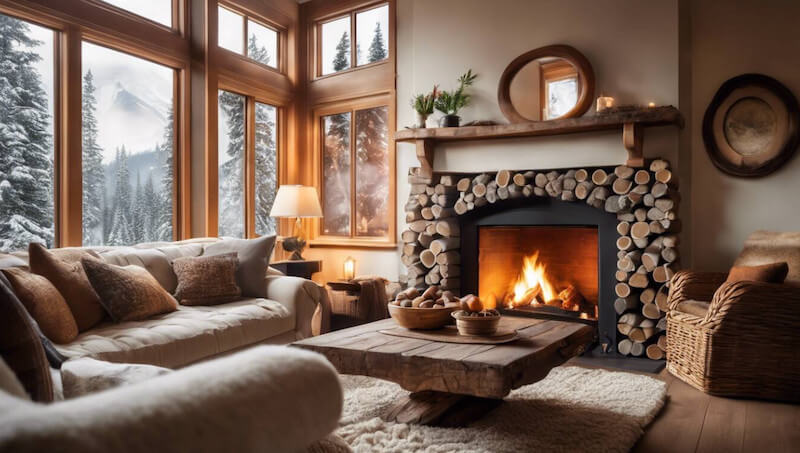
When the chilly winds start to blow, a reliable heating system is essential for keeping your home comfortable. But what exactly are heating systems, and how do they work? Let's explore the different types and how they can make your living space a warm and welcoming haven.
Understanding the Basics of Heating
At its core, a heating system is designed to raise the temperature of a space. This is achieved by transferring heat from a source to the air or surfaces within a room. The process involves various components, including a heat source, a distribution system, and a control mechanism. The heat source can be anything from burning fuel to electricity, while the distribution system carries the heat to where it's needed.
Types of Heating Systems
There are several types of heating systems, each with its own advantages and disadvantages. Let's take a look at some of the most common ones:
1. Forced Air Systems
Forced air systems are among the most prevalent in many homes. They work by heating air in a furnace and then circulating it through ducts to different rooms. These systems often include a filter to improve air quality and can be combined with air conditioning for year-round comfort. They are know for the quick response time, and the ability to distribute air through a large area.
2. Radiant Heating Systems

Radiant heating systems provide warmth by heating surfaces, such as floors, walls, or ceilings. This type of system uses infrared radiation to transfer heat, which feels similar to the warmth of the sun. Radiant heating is known for its even heating and energy efficiency. Many people love the comfort provided by a warm floor in the winter time.
3. Hydronic Heating Systems
Hydronic heating systems, also known as boiler systems, use hot water or steam to heat a space. Water is heated in a boiler and then circulated through pipes to radiators or baseboard heaters. This system is known for its quiet operation and ability to provide zone-specific heating.
4. Heat Pumps
Heat pumps are becoming increasingly popular due to their energy efficiency. They work by transferring heat from one place to another. In the winter, they extract heat from the outside air (even in cold temperatures) and transfer it indoors. In the summer, they reverse the process to cool the home. They are a good option for people who live in moderate climates.
5. Electric Heating Systems
Electric heating systems use electricity to generate heat. This can be done through baseboard heaters, space heaters, or electric furnaces. While they are relatively easy to install, they can be more expensive to operate than other types of systems, especially in areas with high electricity costs. They are often used as a supplemental heating source.
Choosing the Right Heating System

Selecting the right heating system for your home depends on several factors, including your climate, the size of your home, and your budget. Consider these key points:
- Climate: If you live in a very cold region, a robust furnace or boiler system might be necessary. In milder climates, a heat pump could be a great choice.
- Home Size: Larger homes may require more powerful systems or multiple zones to ensure even heating.
- Energy Efficiency: Look for systems with high efficiency ratings to save on energy costs.
- Installation and Maintenance: Factor in the cost of installation and the ongoing maintenance requirements.
Maintaining Your Heating System
Regular maintenance is crucial for keeping your heating system running efficiently and safely. Here are some essential maintenance tips:
- Regular Filter Changes: Replace air filters regularly to ensure proper airflow and air quality.
- Professional Inspections: Schedule annual inspections by a qualified technician to check for leaks, malfunctions, and other issues.
- Thermostat Checks: Ensure your thermostat is functioning correctly and calibrated accurately.
- Duct Cleaning: Clean ducts periodically to remove dust and debris that can affect airflow and air quality.

The Future of Heating Systems
As technology advances, heating systems are becoming more efficient and environmentally friendly. Smart thermostats, advanced heat pumps, and solar-powered heating are just a few examples of innovations that are shaping the future of home heating. With these advancements, we can look forward to more comfortable, energy-efficient, and sustainable heating solutions.
In conclusion, understanding the different types of heating systems and how they work can help you make informed decisions about your home's comfort. By choosing the right system and maintaining it properly, you can enjoy a warm and cozy home all winter long.
No comments:
Post a Comment
Note: Only a member of this blog may post a comment.